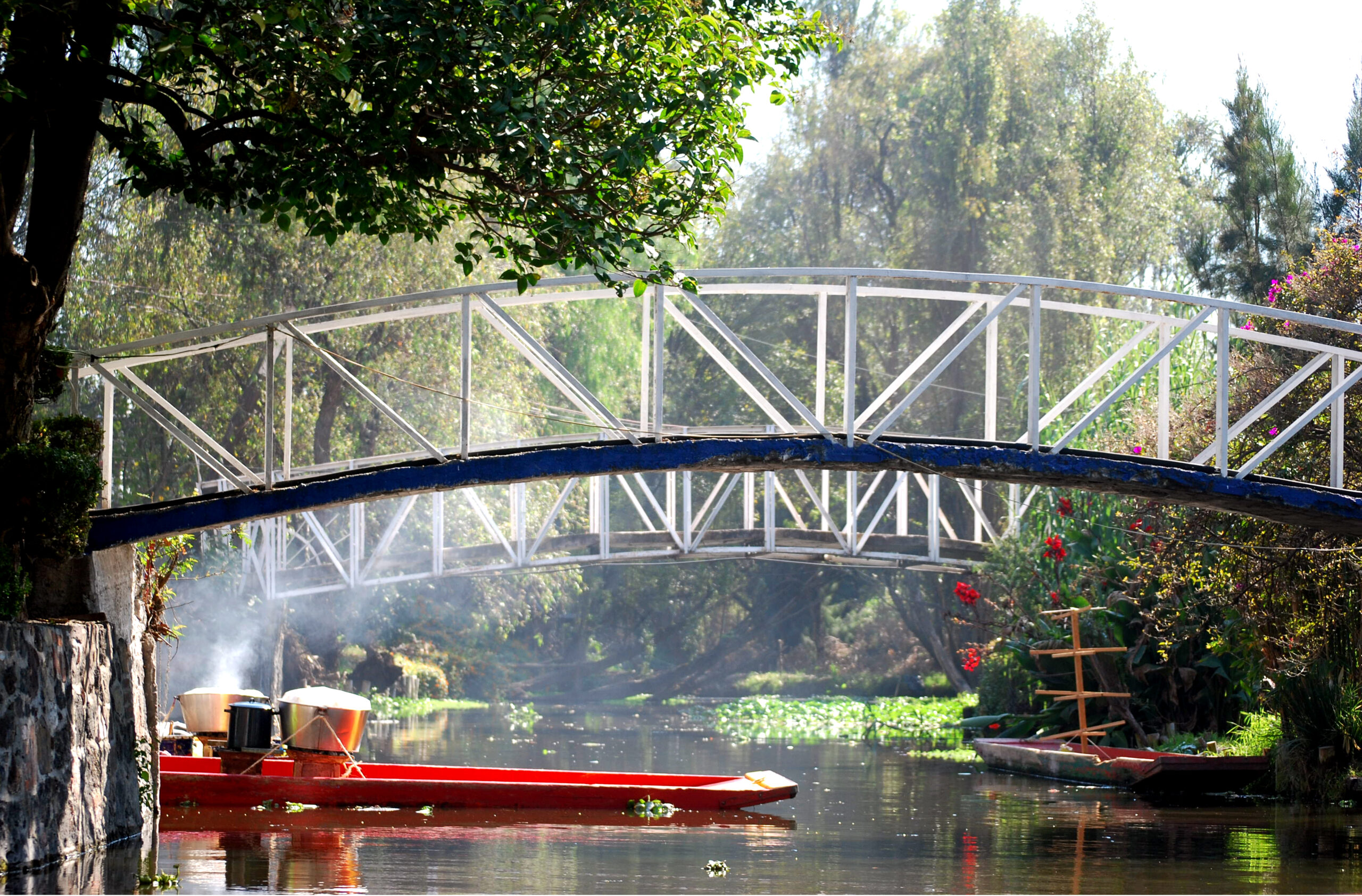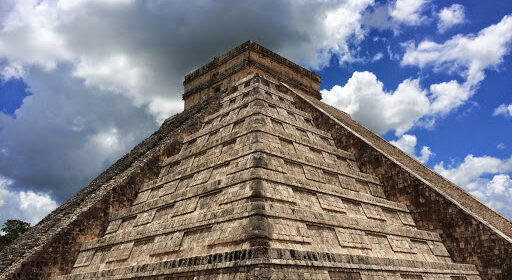Things to know before going to Machu Picchu
Okay, so you want to go see the lost Inca city up in the mountains? Unlike many other mystical sites around the world, it is not an easy one to get to or even plan for. Thankfully, travel bloggers over the internet has made it an easier job, but one needs to spend a lot of time trying to figure out the steps to ensure their trip to Machu Picchu is worry free.

Peru Rail Expedition 
Urubamba River view from Train ride 
Town of Aguas Calientes 
View of the Urubamba Valley 
Llamas in Machu Picchu 
Peru Rail Vistadome
Since going to Machu Picchu does require planning well in advance, follow these simple but crucial steps below to ensure your trip to Machu Picchu is all set.
- Plan Early: A trip to Machu Picchu is like no other destinations. Due to restrictions (mostly due to sustainability and conservation) on visitors to the site and extremely high demand, we strongly recommend planning and booking the trip at least 3 months in advance. Peak season is June-August, so it is even harder to get bookings.
- If you are planning to hike the famous Inca Trail, spots get filled even earlier.
- Stay in Sacred Valley: Although many tourists make Cusco their ‘base camp’, we found it more rational to go straight to Sacred Valley for a couple of reasons –
- Distance: It is closer to Machu Picchu (~2 hours less train ride) than from Cusco
- Altitude: Sacred valley is at a lower elevation than Cusco (3,399 meters), so getting acclimatized to altitude is easier this way
- Tickets to Machu Picchu: Even before worrying about transportation to Machu Picchu, book tickets to Machu Picchu site. (Check availability here). There are three different options:
- Machu Picchu Mountains + Machu Picchu Site – Machu Picchu mountains are located above the site and takes a bit longer to hike, but less strenous than Huyana Picchu. Tourists opt for this if Huyana Picchu tickets are not available.
- Huyana Picchu Mountains + Machu Picchu Site – Climbing up the steep slopes of Huyana Picchu, albeit worth the hike, is a strenous one. It takes about 2 hours to climb. Need tickets 4 months in advance (in peak season, even this may be too late)
- Machu Picchu site only – Need at least 3-4 hours to soak in the experience. Tickets are NOT sold at the gate, and must be booked at least 3 days in advance.
- Transportation to Machu Picchu: Machu Picchu is located at a remote location, with the closest town being Aguas Calientes. Below are the two options to get to Machu Picchu:
- Public Transport: A train – bus combination is the easiest –
- Sacred Valley/Cusco to Aguas Calientes: Two train operators (Peru Rail and Inka Rail) operate trains between these two locations, with very similar service offerings. We took the Peru Rail Expedition train from Ollyantaytambo station at 6 am. It takes about 2 hours to get to Aguas Calientes.
- Aguas Calientes to Machu Picchu: From the station in Aguas Calientes, you will need to walk about 5 minutes, cross the river bridge into the town of Aguas Calientes. Buses leave from there every 10 minutes taking tourists up a spiral road to Machu Picchu. This trip takes about 30 minutes, and no other vehicles are allowed on this treacherous road. Please note that there is typically a long queue to get on the bus. If traveling with a lap infant, you can skip the line and get in front. It is a perk available at most places in Peru (Yay to new parents).
- Hike the Inca Trail: With a 8 month old on the lap, we did not even think of this route, but it is an incredible journey, we hear! Many tour companies offer their guided tours for this iconic 3-4 day tour involving hiking, camping, climbing. We were told that it is closed for operations in February though.
- There are a few other variations of getting to Machu Picchu, such as longer and more adventurous Jungle trail, Choquequirao tour, Salkantay Mountain trek, etc. Some travelers choose to walk down from Machu Picchu on the same road as the bus takes you up. The views, are typically incredible, unless cloud/fog cover.
- Public Transport: A train – bus combination is the easiest –
- Early bird catches the worm: Unless you are staying in Aguas Calientes, getting to Machu Picchu before 8am is unlikely. But catching the first train out of Ollyantaytambo can get you to the gate by 8am. Remember to buy the tickets for Machu Picchu accordingly (tickets are allotted in two ranges – morning and afternoon). Getting to Machu Picchu early has its perks –
- Fewer people: Quite obviously, the earlier you get to the Machu Picchu site, chances are you are going to get nicer snaps without people ‘photobombing’! The bus lines are shorter and the treacherous climbs up and down the uneven stone steps are easier.
- Weather: The weather so far high up in the mountains can change dramatically, very quickly. Chances of catching the sunny portion of the day is higher earlier in the day
- Guided Tour: Getting a guide is highly advisable in the ruins. Unless you already have booked a guided tour, you can hire a guide on site. It was unclear to us prior to reaching Machu Picchu, whether a guide is mandatory. It turns out that you can definitely go in without one, albeit may not get the full picture, literally. Guides can cost about $20-$40 per person, be sure to negotiate as there is ample supply. We got together with another family of two, to get a better deal of $60 for all 4 of us.
- Passport: No you are not going to another country; you can stamp your passport at the exit door. Great memorabilia to keep!
- Photo Ops: First sight of the incredible Machu Picchu ruins are going to blow your mind, especially if you have seen the iconic photo for a long time. But a travel blogging trade secret is to carry a colorful dress or hat or even a photo prop to capture a photo with Machu Picchu ruins in the background. Peruvian alpaca shawls work wonders, just saying!
- Llamas: No, Llamas are not everywhere in Machu Picchu, but about 15 of them can be seen lazing around in the meadows. Do not hesitate to take a picture with them if one gets close to you, as if you do it in Cusco, be prepared to pay the person with the Llama!
- Housekeeping: A few mundane, yet crucial things to carry in your bag are –
- Printed Tickets – No cellphone signal up here, and the ticket agents only accept printed tickets (as of September, 2019)
- Water bottles – There is a kiosk to buy overpriced water bottles, so better to carry your own
- Snacks – Dry snacks suitable for any hikes
- Loose change – Primarily for restroom use. No services within the site. There is one restroom at the entrance that charges about 1 Soles, payable in exact cash/coin
- Rain gear – Weather is unpredictable up here. So carry a poncho or rain jacket with you; umbrellas are cumbersome when you have to hike up and down uneven stone steps
- No selfie sticks or tripods – Leave these at home or hotel, these are not allowed within the site
Now that you have everything you need for a memorable Machu Pichu trip, check out what you expect to see and get smarter on the mysticism of the classic Inca civilization here.


 the victims of the period of insanity during WWII, and the museum does a good job of taking the visitor through the intricacies of the life of an average Jew through the eyes of Anne Frank.
the victims of the period of insanity during WWII, and the museum does a good job of taking the visitor through the intricacies of the life of an average Jew through the eyes of Anne Frank.

 town of Gaitlinburg. Some visitors choose to stay here for its proximity to the park and the charm of this town. Strolls around the town during day or night is relaxing and delightful. In the afternoon, enjoy a hot chocolate or cappuccino sitting in a little cafe while you indulge in deep conversations with your travel buddies or just do people-watching, whatever your game. Come night time, especially during holidays, the city structures and sidewalks lit up in bright light fixtures. You can also choose to hit the slopes by going up in the gondola to witness the beauty of the mountains from a nice vantage point.
town of Gaitlinburg. Some visitors choose to stay here for its proximity to the park and the charm of this town. Strolls around the town during day or night is relaxing and delightful. In the afternoon, enjoy a hot chocolate or cappuccino sitting in a little cafe while you indulge in deep conversations with your travel buddies or just do people-watching, whatever your game. Come night time, especially during holidays, the city structures and sidewalks lit up in bright light fixtures. You can also choose to hit the slopes by going up in the gondola to witness the beauty of the mountains from a nice vantage point.
 camera with auto shutter capability, set a timer for taking pictures in a 2 minute interval from 15 minutes before and after sunset. The changing colors of the sky and the foliage in the foreground will make for scintillating snaps.
camera with auto shutter capability, set a timer for taking pictures in a 2 minute interval from 15 minutes before and after sunset. The changing colors of the sky and the foliage in the foreground will make for scintillating snaps.










